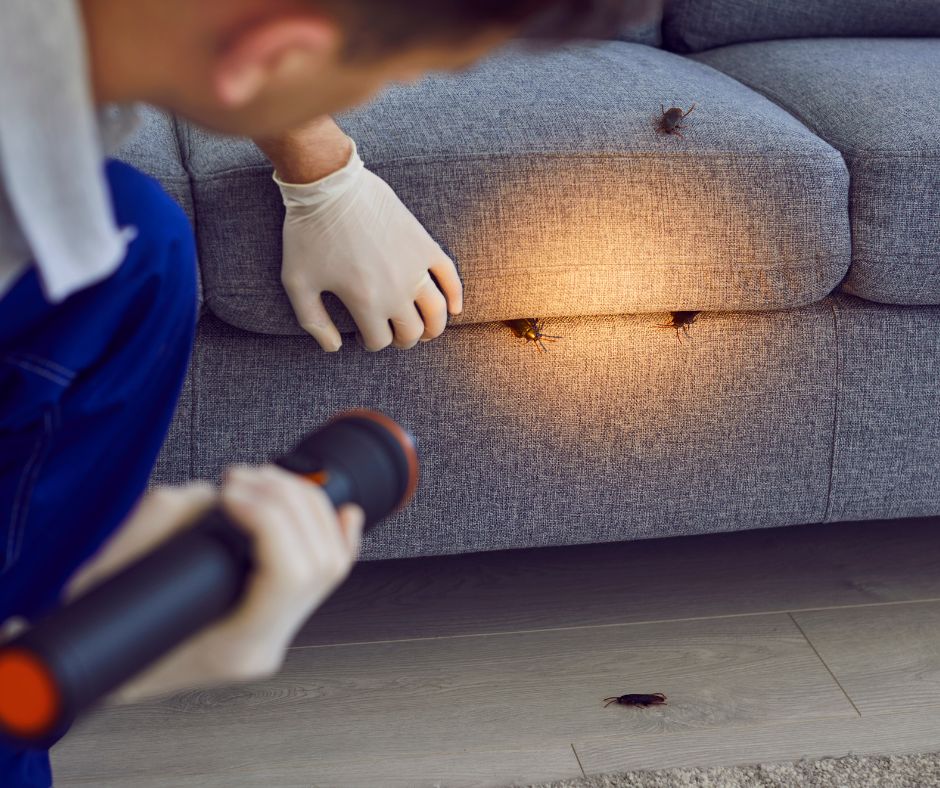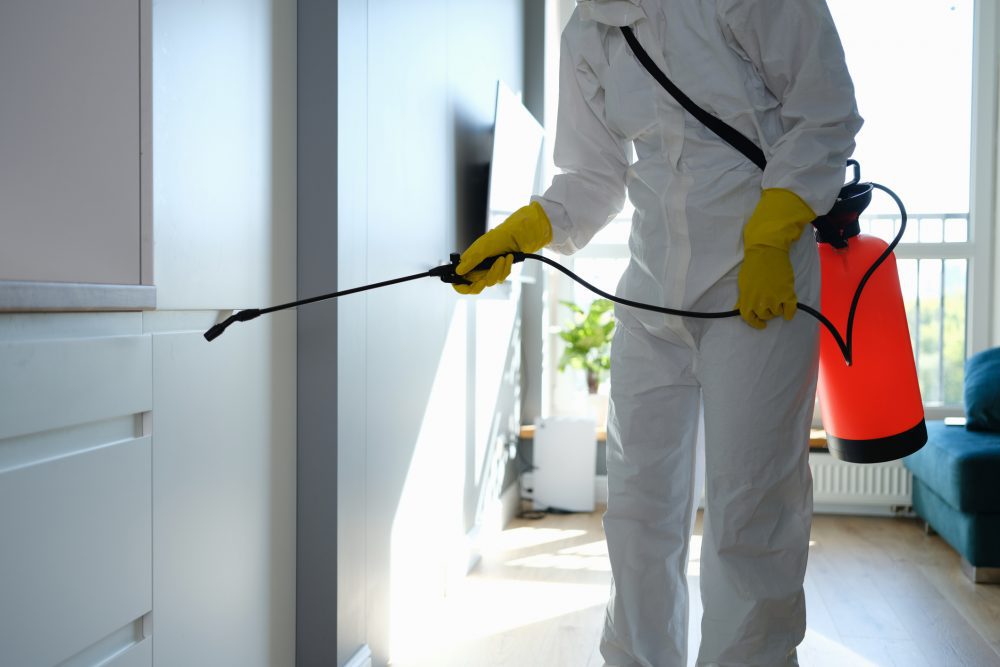Safe Port Charlotte Pest Control Service Near You
Comprehensive Guide to Understanding Bug Control Approaches and Their Therapy
Understanding parasite control approaches is important for reliable monitoring of undesirable organisms that posture threats to wellness, farming, and residential property. This extensive guide will certainly discover numerous methods, consisting of chemical remedies, organic techniques, and mechanical approaches, all under the umbrella of Integrated Insect Administration (IPM) As we take a look at these techniques, it ends up being significantly clear that the option of strategy can considerably impact both human interests and environmental balance. What elements should be taken into consideration when selecting the appropriate pest control approach for a particular scenario? The response may result in more sustainable techniques than one could initially think.
Introduction of Insect Control Methods
Parasite control methods incorporate a range of techniques made to handle and eliminate undesirable organisms that can hurt human health, farming, and building. Efficient parasite administration is essential for keeping the stability of communities and guaranteeing the safety of food materials. These methods can be broadly categorized into three primary strategies: social, mechanical, and organic controls.

Social control includes customizing farming techniques or environmental conditions to minimize bug facility and reproduction. Mechanical control relies on physical obstacles or devices to avoid bug gain access to or directly remove them.
Biological control uses all-natural killers, bloodsuckers, or pathogens to control pest populaces. This method stresses environmental equilibrium and can include introducing valuable bugs, such as ladybugs or predative nematodes, to handle parasite presence.
Integrated parasite management (IPM) combines these strategies, utilizing an alternative approach that highlights prevention, tracking, and responsible management. By employing a blend of these approaches, bug control can be much more lasting and efficient, decreasing dependence on chemical interventions while safeguarding human wellness and the atmosphere.

Chemical Pest Control Solutions
A selection of chemical pest control options are offered, giving effective alternatives for managing bug populations when various other methods may drop short. These options mainly consist of insecticides, herbicides, fungicides, and rodenticides, each developed to target details bugs while minimizing damage to non-target microorganisms.
Pesticides are particularly efficient against a variety of insects, including ants, roaches, and termites, and can be identified as contact or systemic agents. Get in touch with pesticides eliminate parasites on contact, while systemic insecticides are soaked up by plants, making them toxic to bugs that eat them. Herbicides are utilized to control undesirable plant life, whereas fungicides are crucial for managing fungal diseases that can harm crops and decorative plants.
In addition, integrated insect administration (IPM) principles should be used, incorporating chemical options with cultural, mechanical, and biological techniques for lasting parasite control. This alternative method not only boosts pest administration effectiveness yet additionally lowers possible environmental influences connected with chemical usage.
Organic Parasite Control Methods
Biological bug control techniques supply an ecologically friendly choice to chemical techniques by utilizing all-natural predators, parasites, or pathogens to take care of pest populaces. This method leverages the environmental connections in between organisms, advertising a well balanced environment while lessening chemical residue in the atmosphere.
One of the most usual organic control techniques involves the introduction of all-natural adversaries. Ladybugs are used to control aphid populations, while parasitic wasps can target caterpillars and other pests. These all-natural predators properly decrease pest numbers without damaging useful insects.
Additionally, microbial agents such additional hints as germs, fungis, and infections are utilized to infect and kill details bugs. Bacillus thuringiensis (Bt), a naturally occurring bacterium, is commonly used to control caterpillars and other larvae, showcasing the efficiency of microbial bug control.

Physical and Mechanical Techniques
Often used in incorporated bug administration methods, physical and mechanical techniques function as effective devices for regulating parasite populaces without using chemicals. These techniques count on physical barriers, catches, and other mechanical tools to avoid or get rid of insects, making them ecologically friendly alternatives.
Physical methods consist of the use of obstacles such as insect netting, screens, or row covers that literally block pests from accessing plants. This is particularly beneficial in agricultural settings where plant protection click here now is necessary. Furthermore, environment manipulation, such as eliminating particles and standing water, can decrease bug breeding sites, therefore lessening infestations.
Mechanical techniques encompass traps, which can be made to capture certain pests. Sticky traps and pheromone catches prevail instances that lure and keep pests, helping with surveillance and control. Vacuuming is another mechanical method, reliable for getting rid of pests from indoor settings, particularly in situations of invasions.
Preventative Parasite Monitoring Techniques
Reliable preventative bug monitoring methods are essential for maintaining healthy and balanced environments and decreasing pest-related concerns prior to they develop (Pest Control in Port Charlotte, FL). These methods concentrate on aggressive steps that lower the possibility of pest problems by dealing with the source

One more essential strategy includes appropriate landscaping practices (Pest Control in Port Charlotte, FL). Maintaining greenery trimmed and away from buildings can minimize harborage areas for parasites. In a similar way, implementing integrated insect monitoring (IPM) strategies that my blog consist of keeping track of parasite populaces and employing organic controls can foster a well balanced community that normally subdues pest numbers.
Education and training for staff and citizens on recognizing early indications of insect task are also essential components of an efficient preventative program. By promoting an atmosphere of awareness and watchfulness, companies and house owners can considerably improve their parasite administration efforts and protect their areas versus future problems.
Final Thought
Utilizing an Integrated Bug Management (IPM) framework allows for the lasting management of pests while lessening environmental effect. Ultimately, an extensive understanding of these diverse parasite control methods is crucial for achieving effective results in parasite administration initiatives.